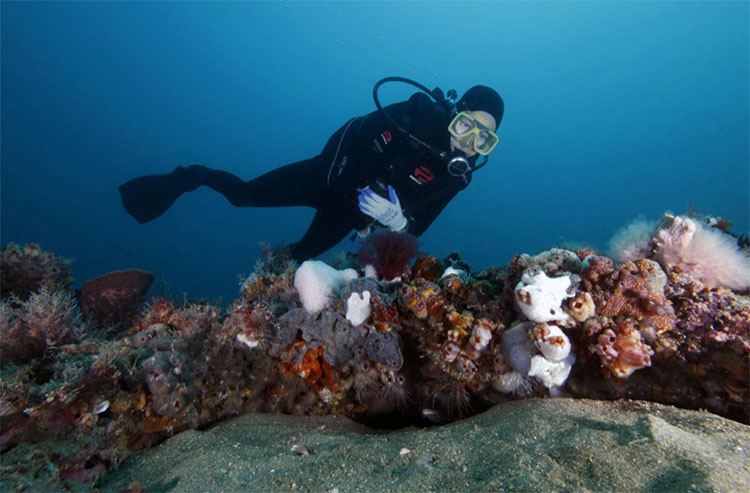6 ways you can help us learn about National Marine Sanctuaries
Citizen science is the collection of data by the general public to help scientists answer real-world questions. Citizen science programs engage volunteers in scientific study, such as gathering important data on whale and seabird populations within the sanctuaries. This data is then used for scientific research and to help manage our sites. Around the National Marine Sanctuaries System, many sites offer citizen science programs.
1. It's not just a stroll on the beach in the Greater Farallones National Marine Sanctuary
Beach Watch, acknowledged for its outstanding achievements, trains citizen-scientists to survey and document the resources of the sanctuaries. As a long-term, volunteer beach monitoring program, the goals of Beach Watch are to help protect and understand our coastal resources. Data is collected on live and dead species of birds and marine mammals, as well as data on human activities and oil pollution. Volunteers conduct bi-monthly surveys of about 339 miles of coastal beaches from Point Año in San Mateo County north to Manchester Beach in Mendocino County.
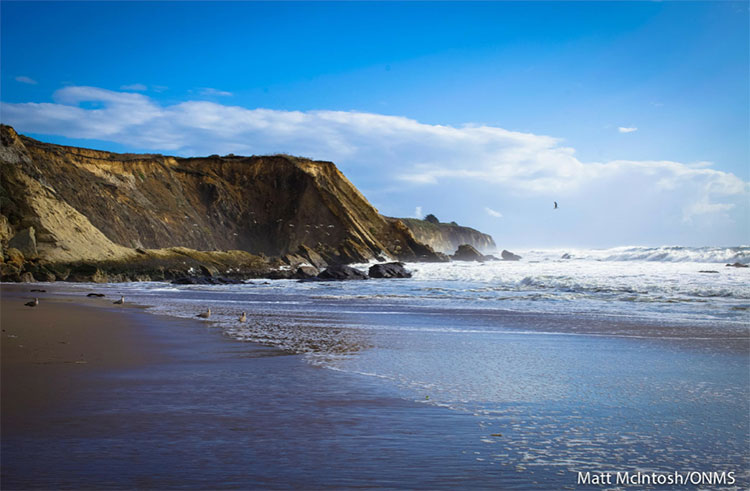
2. Grab a pair of binoculars with Hawaiian Islands Humpback Whale National Marine Sanctuary
The Sanctuary Ocean Count was initiated as a means to provide Hawaiʻi residents and visitors with the opportunity to observe humpback whales in their breeding grounds by conducting a yearly, shore-based census, during the peak breeding season. By assisting in the count, volunteers help to monitor the number of humpback whales and other marine mammals around the Hawaiian Islands and ensure their health and safety for generations to come.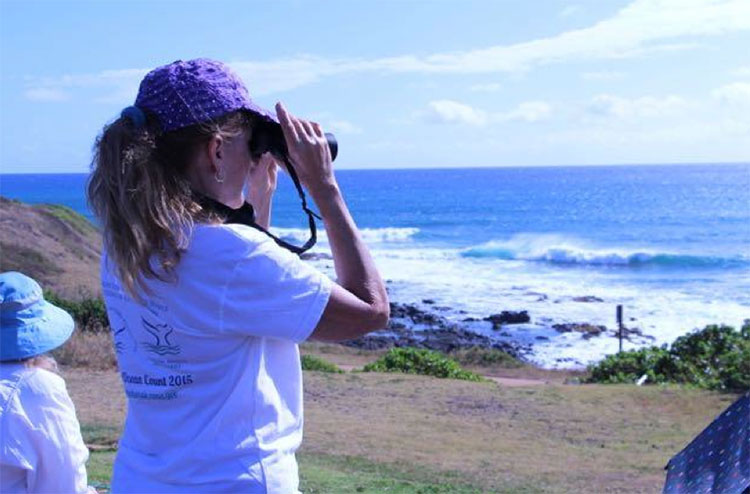
3. Go on a whale watch with Channel Islands National Marine Sanctuary
Channel Islands Naturalist Corps (CINC) volunteers collect photo identification data on blue and humpback whales while on board the Condor Express and Island Packers vessels. An average of 10,000 photo-ID images are taken annually by CINC volunteers. This information is added to the Channel Islands National Marine Sanctuary Marine Mammal Sightings Database and supports theWhale Alert program to reduce the number of ship collisions with whales.
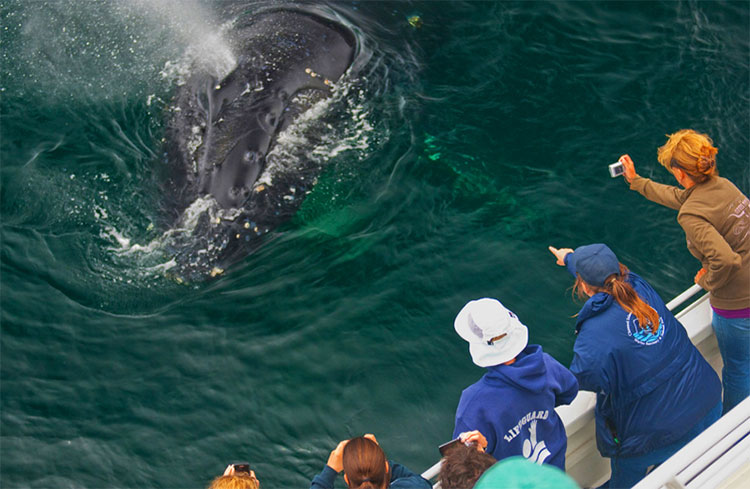
4. Be a chemist for the day in Monterey Bay National Marine Sanctuary
First Flush is an annual storm water monitoring event occurring during the first significant rain storm of the season. Monitoring is conducted at storm drain outfalls that drain into the Monterey Bay National Marine Sanctuary. The goal of this effort is to characterize the storm water runoff that flows into the sanctuary. Volunteers test for pollutants in the water such as brake dust, emissions from cars, animal waste, pesticides, etc.
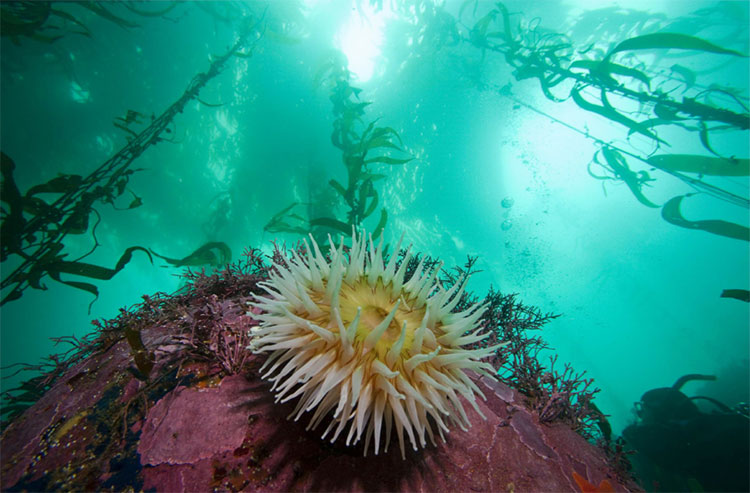
5. Spot a splashing shearwater in Stellwagen Bank National Marine Sanctuary
Through Stellwagen Bank National Marine Sanctuary's Stellwagen Sanctuary Seabird Stewards program, volunteers conduct seabird research and monitoring. Each year, they organize 50 data collection trips on the Research Vessel Auk and whale watch vessels. Mass Audubon is a year-round partner, and for the winter cruise the sanctuary works with National Audubon on the Christmas Bird Count. To learn more about the Stellwagen Sanctuary Seabird Stewards (S4), go to http://stellwagen.noaa.gov/involved/vol_open.html
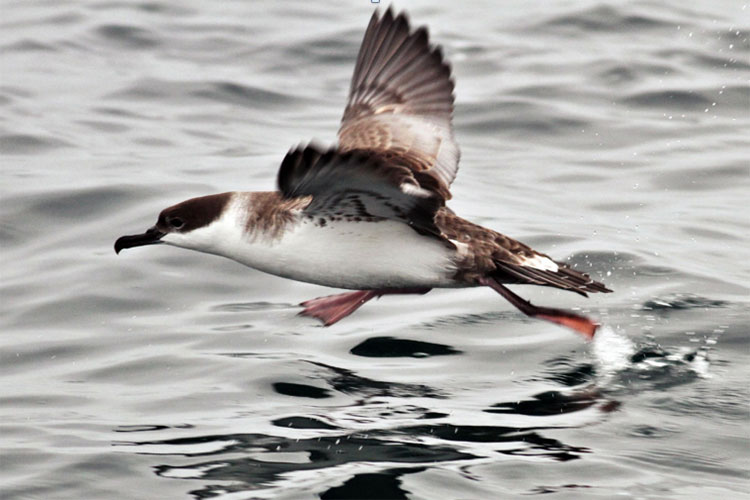
6. Take a dive in Gray's Reef National Marine Sanctuary
Team Ocean Diver Corps is a group of volunteer divers at Gray's Reef National Marine Sanctuary who conduct fish counts, remove marine debris and assist with sanctuary dive operations on larger research cruises. The volunteer divers also assist with vessel maintenance.
